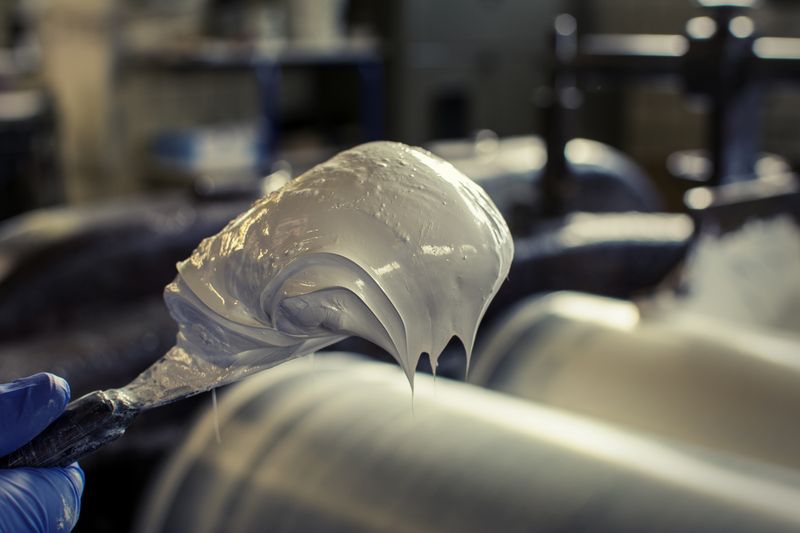Linseed oil pastes are derived from in Linseed oil ground pigments. In order to produce a colour paste, pigments and linseed oil are triturated or mixed repeatedly with each other on a roller. The consistency is similar to that of an artist paint from the tube. Before the pastes can be used as a colour, it must be mixed with linseed oil and some desiccant.
A spreadable finished paint is usually made of a ratio of 1: 1, a cup of colour paste per cup of cold pressed linseed oil. Since each pigment has different drying properties, the amount of desiccant that has to be added to the respective colour varies. Between 4-8ml per 1kg desiccant of paste to the finished colour should be added. For the proper instructions on the mixing of linseed oil colours, refer to the "Applications," section of this website. You will find additional information about working with linseed oil paints.
A video of our Manufacturer Original Linoliemaling from Denmark can be found in our blog. The pastes, depending on their level of pigments contained, can be stored for years, remaining unchanged in their application properties and composition. The pastes can easily be prepared by mixing the necessary amount of linseed oil. Linseed oil paints are very plentiful. It is so easy to mix the pastes with the required amount of linseed oil. You can even do it right in your own home. The remaining paste may be stored away for later use. Highly absorbent surfaces require a larger amount of colour (meaning a higher proportion of linseed oil), low absorbent surfaces require more of a lean colour (higher paste content). This allows full control over the overall composition needed and get the most out of such a fantastic product.
Linseed oil can be stored for up to -15 ° C.

